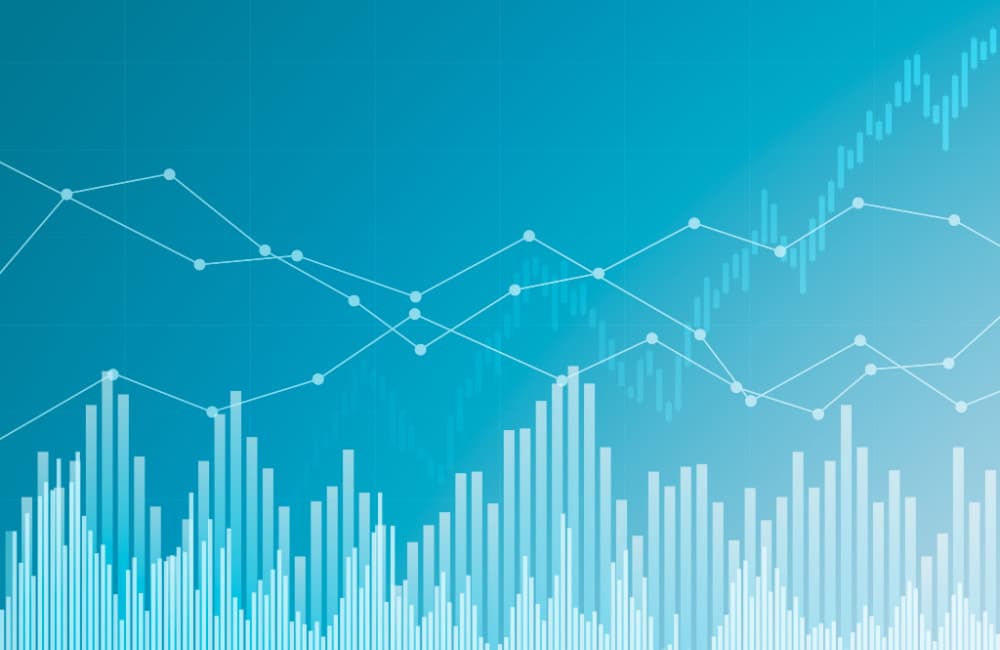AI video analytics on different platforms: Server, camera, cloud


Victoria Rees
Share this content
Alan Ataev, Chief Executive Officer, AxxonSoft discusses the use of video analytics (VA) and how it has become common practice for many video surveillance systems.
In some cases, it’s an installation to handle specific tasks like human detection; in others, it’s a large system in which video analytics can be applied on all cameras, e.g., for smart search. Either way, today’s video analytics provides a strong competitive advantage for most sites.
Tools based on artificial neural networks occupy a special spot within the overall category of video analytics. In most cases, artificial intelligence allows for higher accuracy than the classical algorithmic approach. Although AI demands high computing resources, with the development of hardware neural network accelerators, AI video analytics is becoming imperative. Clearly, this is one of the hottest trends in modern video surveillance.
Video analytics works on various devices—at the edge (video cameras and special analytics devices); on NVRs or servers; and in the cloud. But which organizational structure is best for a smart video surveillance system? The solution calls for an individual approach to each task.
Let’s analyze the ramifications of using video analytics on different platforms.
Server-based video analytics
With server-based video analytics, any modern camera can be used. The most important consideration is ensuring the camera provides sufficient image quality for video analytics (720p is usually sufficient). Server solutions offer a wide variety of intelligent detectors. Any kind of analytics—from license plate recognition and fire detection to the identification of specific objects (people, cars, cyclists, animals) and human behavior analysis (man down, raised arms)—can be implemented on the server by means of VMS or special software.
Another advantage of server solutions is the option to receive alarms based on the results of several video analytics functions, as well as other conditions. For instance, a configuration could sound an alarm if a person without a pass enters a certain area or if it’s daytime and there’s been no movement in a particular room for over five minutes.
It’s worth noting the possibility of training server AI analytics to handle out-of-standard tasks or to maximize accuracy under specific surveillance circumstances. Most commonly, it is used to provide the following solutions:
- Detection of specific objects, such as firearms, backpacks, products on a conveyor
- Monitoring use of personal protective equipment
- Non-standard viewing angles—for example, from above (camera mounted under building roof to count vehicles in a parking lot)
- Use of thermal imagers to overcome difficult surveillance conditions such as darkness, precipitation, fog, or high dustiness.
It should be noted that server-based video analytics requires serious hardware resources (a powerful server, a large amount of RAM, appropriate cooling), which means it’s a solution usually used in medium and large budget systems. At the same time, the use of hardware AI accelerators helps build more cost-effective solutions. In fact, if less expensive cameras are chosen, the total system cost with server analytics will not necessarily be higher than a solution with smart cameras.
Video analytics on the camera
Along with the rapid development of mobile AI chips, cameras are getting smarter and their prices are gradually decreasing. Furthermore, camera analytics enables partial elimination of the calculations and associated overhead costs while simultaneously improving detection quality—the video stream can be analyzed before compression and adjusted to transmit only essential fragments. The server won’t have to decode the video stream, which is necessary in server analytics.
Therefore, a system with smart cameras for certain applications—like metadata generation for a smart search—may be more cost-effective than a conventional camera system and a powerful video analytics server/NVR.
When using camera analytics, it’s imperative to select a model that handles the task well. A wide variety of devices on the market are proficient at handling standard tasks such as detecting/counting people and recognizing plate numbers. Moreover, there is rapid progress in this area; advanced cameras could be trained and updated with remotely uploaded AI neural networks to increase accuracy and reduce false alarms.
Another significant point to consider is camera analytics support on the VMS/NVR side. Previously, all camera manufacturers used their own protocols for transmitting events and metadata, but there is good news here—namely, the ONVIF Profile M protocol. Announced in June 2021, the ONVIF Profile M protocol provides a standard method for communication of metadata and events between analytics-capable devices and services. This relatively new standard is supported by a limited choice of camera models and video management systems so far, but the number of cameras, VMS and NVRs integrating this protocol is sure to increase rapidly.
Using special edge devices
Specialized video analytics (VA) edge devices stand in between the camera and the server—cameras connect to the devices and the devices then connect to a server/NVR. Such devices are usually lightweight, low-power-consumption computers that help distribute computing power and heat sources, simultaneously enabling the use of conventional cameras and capable of processing several video streams.
Typically, one edge AI device can handle three-four legacy cameras and turn them into “smart” cameras in the process. At the same time, VA devices provide certain advanced features rarely offered by smart cameras, such as uploading custom-trained neural networks and other types of analytics software. All in all, edge VA devices add flexibility to the video surveillance system architecture and their application may prove to be the optimal solution for a task.
Cloud based analytics
Video analytics working completely in the cloud may be offered with a video surveillance as a service (VSaaS) solution. Since cloud analytics is implemented and set up by the provider, performance is not determined by on-premises hardware limitations. The provider can flexibly scale computing resources and allocate the amount necessary for each user according to the current workload.
Since most users don’t constantly apply analytics 24/7, this allows for a kind of economy of scale—so when provided as a service, cloud video analytics can be offered to the user at a reasonable price. For a monthly fee and absent any high hardware or implementation costs, complex analytics like ANPR or AI-based detection can be affordable for non-corporate clients and small enterprises.
The main drawback of cloud VA may very well be the need to transmit the entire video stream from each camera to the cloud for processing. This requires each site using several cameras to have a high-speed, multichannel upstream internet connection, besides which the analytics will experience a time lag in its operation. On the other hand, smart cameras and portable VA devices can be applied at the edge within a VSaaS system, thereby helping to build more cost-effective solutions and mitigate network requirements.
Our recommendations
We recommend using an individual approach and proceeding from the task. Camera video analytics may be a good solution for standard applications. For specific conditions or when increased detection accuracy is needed, custom-trained video analytics on the server is the best option. Edge video analytics devices can streamline system architecture, increasing its serviceability and cost-effectiveness. The decent set of options offered by VSaaS providers are most effective for conventional tasks, while the use of smart cameras and VA devices at the edge maximizes the affordability of cloud video analytics.
By Alan Ataev, Chief Executive Officer, AxxonSoft

For more information, visit: www.axxonsoft.com


